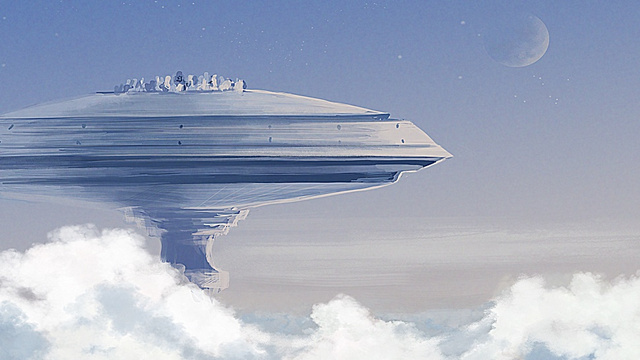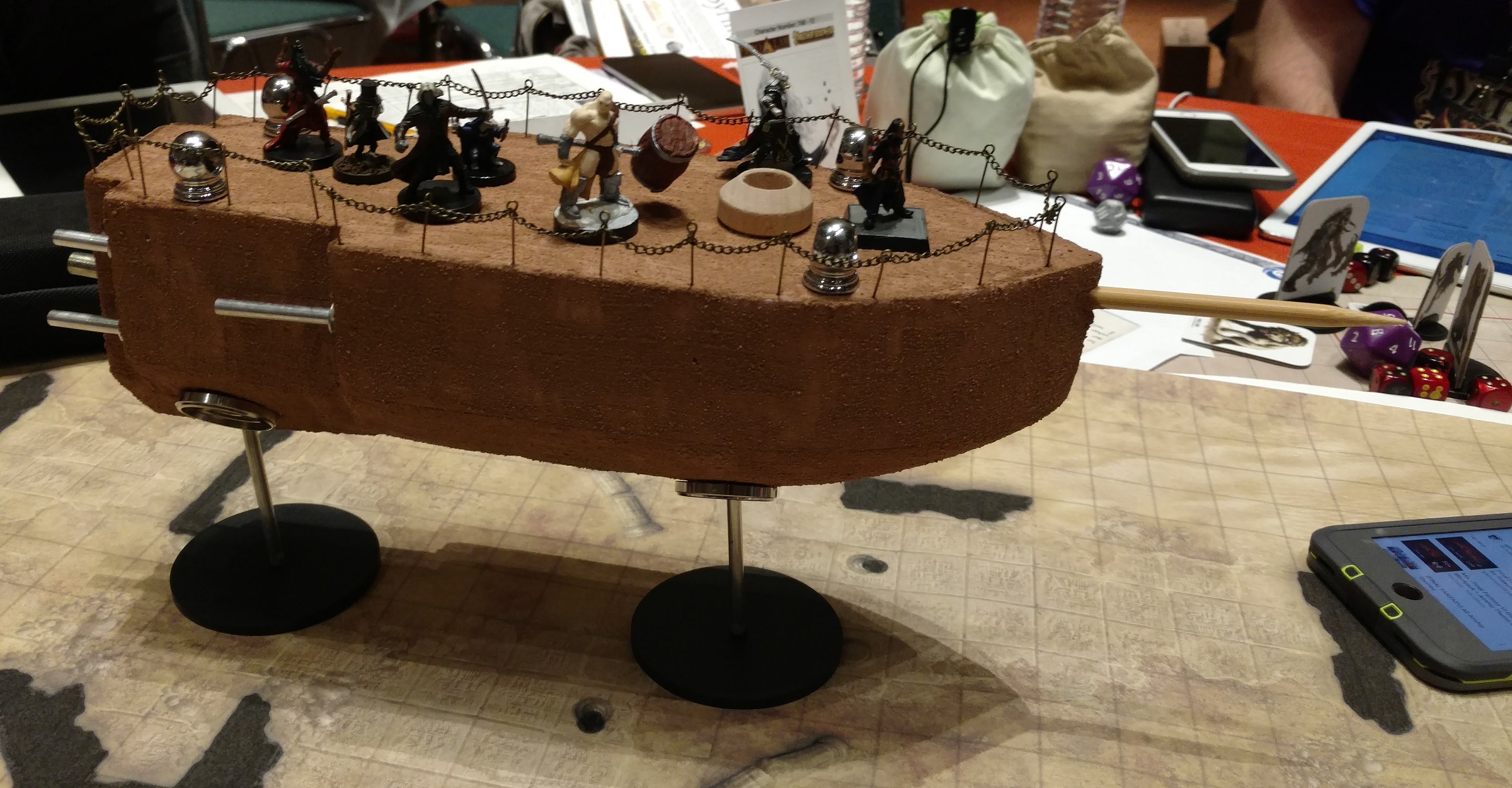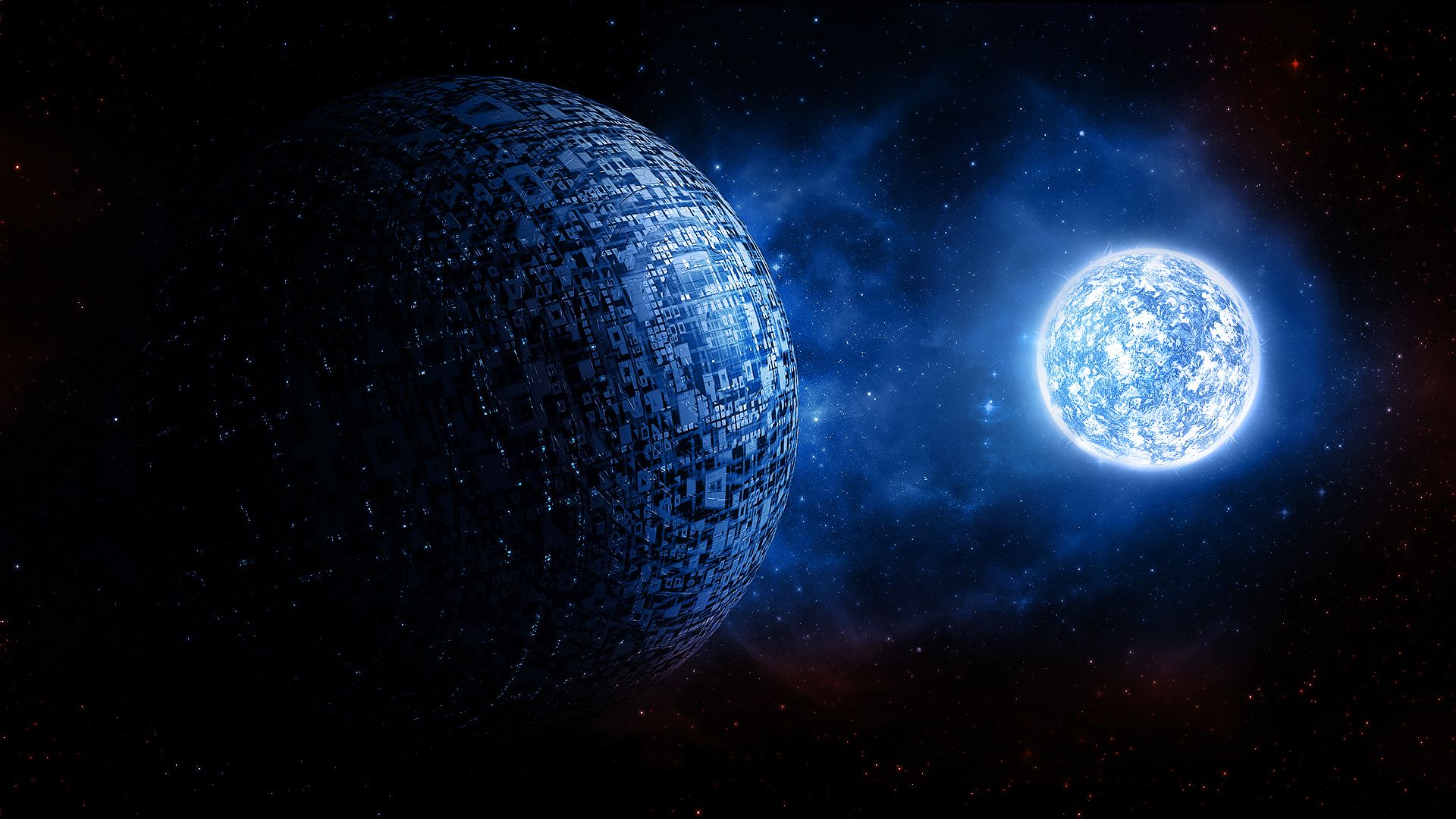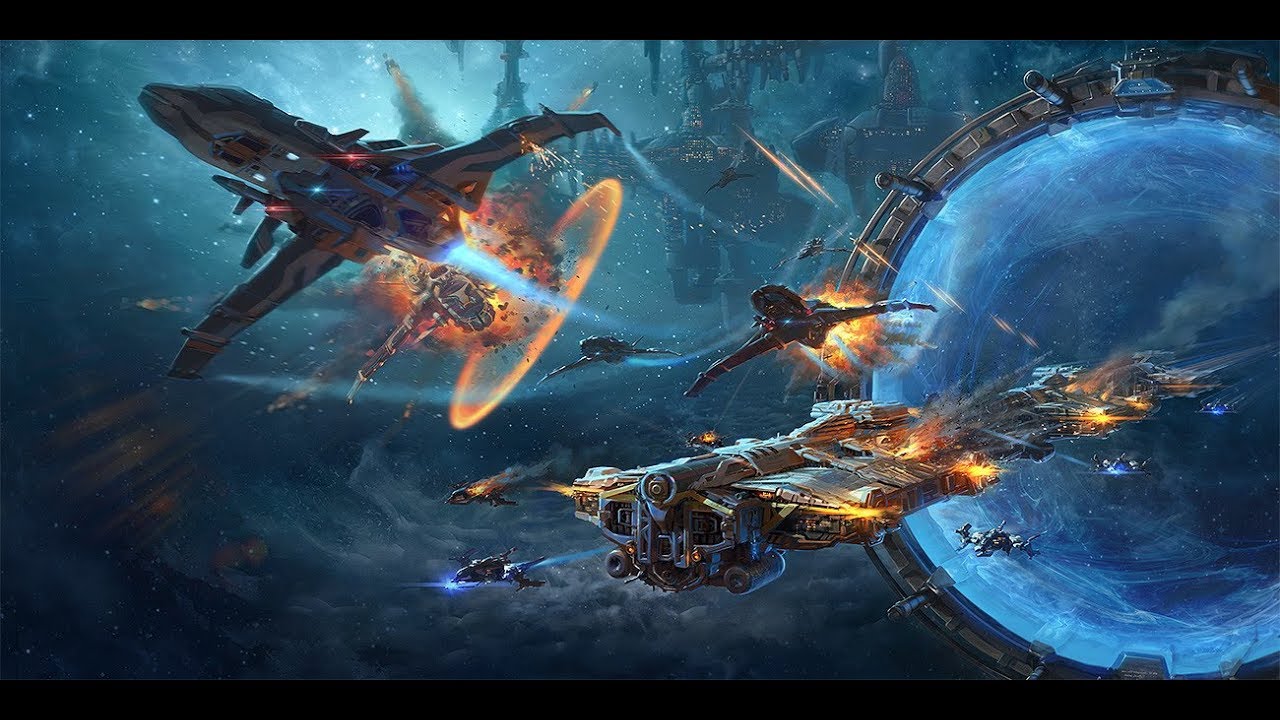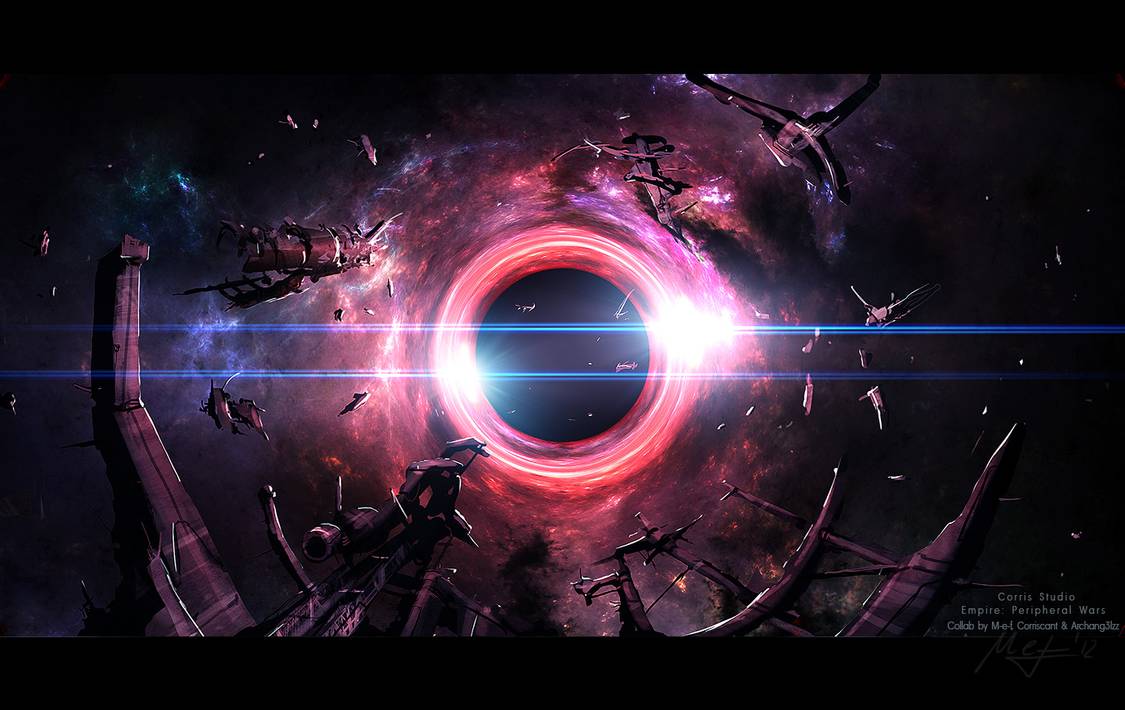Gas giant planets are good for more than taking your fame, finances, and popularity to the next level while making deals with Galactic Empires. Aside from being adventure locations, they are also sources of materials both varied and abundant.
Welcome back to Terraforming. I started this blog as a Starfinder version of my Groundbreaking blog, intending to design a bunch of themed adventure locations that had some connection to each other to provide a bigger sandbox for you to play in. I tried to include notes on certain choices when I felt they were warranted, but I started getting caught up the pieces I was writing and would forget. I am going to try to step back a little bit and approach these a little differently.
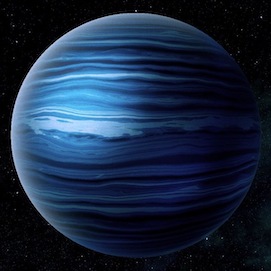 Leaning on the gas giant Trellidon that I have been writing about as well as my lead in reference to Cloud City, let’s take a look at how we can use a gas giant as an adventure location. As mentioned by numerous game designers, you don’t want to create more than you are going to need because you will spend all of your time creating and none of it playing. With that in mind, let’s start with the basic descriptions of the locations we expect the PCs to visit in this particular adventure site.
Leaning on the gas giant Trellidon that I have been writing about as well as my lead in reference to Cloud City, let’s take a look at how we can use a gas giant as an adventure location. As mentioned by numerous game designers, you don’t want to create more than you are going to need because you will spend all of your time creating and none of it playing. With that in mind, let’s start with the basic descriptions of the locations we expect the PCs to visit in this particular adventure site.
The Gas Giant. Seen from space, the gas giant has color bands that are violet and blue near the poles while fading to greens and yellows near the equator. Descending through the clouds reveals many layers of density and pressure, some of which have many miles of visibility while others are ravaged with storms. Similar to Jupiter, an extremely large storm can be seen raging across one of the color bands, however, this one is hot pink in color and is surrounded and covered by many artificial flashing lights. These lights represent the collection stations that are currently using the storm as a base of operations.
The Moons. We are going to want to go to a terrestrial site at some point during this adventure, so let’s not forget about the moons. Most notable in the sky while approaching the planet are the moons nicknamed as Aqua, Emerald, and Goldie.
- Aqua. This moon has liquid water and a landmass covered with life. The atmosphere contains too little oxygen and too much nitrogen and the water is too acidic for humanoids.
- Emerald. This moon has thick growths of vines and moss floating hundreds of feet in the air over most of the surface while still letting light through to the surface below.
- Goldie. A meteor captured by the planet’s gravity that is comprised of roughly 10% gold, and thus very valuable and heavily mined.
The Collection Station. The bulk of the adventure takes place on a floating collection station that is configured to maintain altitude using special ballasts. The station is roughly a mile wide, two miles long, and a thousand feet tall and looks like a cross between a spaceship and a pontoon boat. Internally the ship has a feel similar to that of a cruise ship in that most functionality is “below decks” and is compartmentalized and requires access to reach while off-duty workers and guests spend much of their time in a single large open area garden area that is used for relaxation, oxygenation, and farming (these supplement other mechanical options). This station is currently collecting ionized nitrogen from the upper reaches of certain clouds, and does so by trailing collector rods below the station as it moves in search of storms.
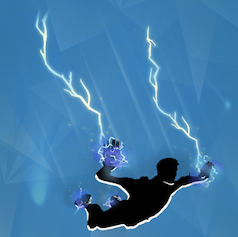 The Wow Factor. There is a new process for charging magical weapons during creation that requires direct contact with lightning as it is ripping through the sky. Thus far, using lightning rods on collection stations haven’t proven to be able to provide enough power for higher level item creation. There is a group of 3 daredevil storm chasers that have been hired to carry items directly into a live storm with the express purpose of being struck by lightning. These daredevils have a special new type of dampening space suit without electronics to avoid it shutting down or being fried by the electricity.
The Wow Factor. There is a new process for charging magical weapons during creation that requires direct contact with lightning as it is ripping through the sky. Thus far, using lightning rods on collection stations haven’t proven to be able to provide enough power for higher level item creation. There is a group of 3 daredevil storm chasers that have been hired to carry items directly into a live storm with the express purpose of being struck by lightning. These daredevils have a special new type of dampening space suit without electronics to avoid it shutting down or being fried by the electricity.
The Villains. Through a combination of political and union sanctions, it has become very difficult to get a license to operate collection stations. When a license is awarded, the station to be used must comply the standards set by the license, or the license is forfeit. As politics get more cutthroat, these standards are used to force out the poorer stations to keep the better contracts or locations going to the richer stations. This has led to rogue collection, sabotage, or outright piracy.
- Rogue Collectors. These come in the form of whole stations operating where they shouldn’t without or without licenses, or simply building smaller more mobile collection rigs that can be operated with less chance of getting caught.
- Sabotage. By sneaking aboard and destroying station equipment, or simply damaging the collection rods directly, sabotage is one way to clear the skies for collection.
- Piracy. At the end of the day, the one piloting the station that has been licensed is the one that collects the paycheck. Also, if your station can perform collection duties but theirs can’t … then you are more likely to get the license.
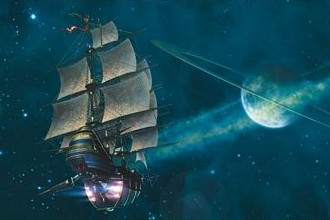 We now have enough of a sandbox that we can start putting together a number of different story and plot ideas. We have a primary adventure location that can be attacked by pirates that we must follow back to their base on the forest moon to regain the power cores needed to stay in business. We could have to deal with rogue collectors that are piggy backing on our equipment and draining our catch. Perhaps sabotage requires working with the daredevils to retrieve and reconnect the broken equipment from within the storm. By simply putting together just a handful of visuals and cool ideas, we have been able to create a sandbox that can sustain a series of fun and memorable adventures.
We now have enough of a sandbox that we can start putting together a number of different story and plot ideas. We have a primary adventure location that can be attacked by pirates that we must follow back to their base on the forest moon to regain the power cores needed to stay in business. We could have to deal with rogue collectors that are piggy backing on our equipment and draining our catch. Perhaps sabotage requires working with the daredevils to retrieve and reconnect the broken equipment from within the storm. By simply putting together just a handful of visuals and cool ideas, we have been able to create a sandbox that can sustain a series of fun and memorable adventures.
Please join us on Discord (https://discord.gg/Rt79BAj) or comment below with any suggestions you would like to see discussed as possible sandboxes or adventure sites.

